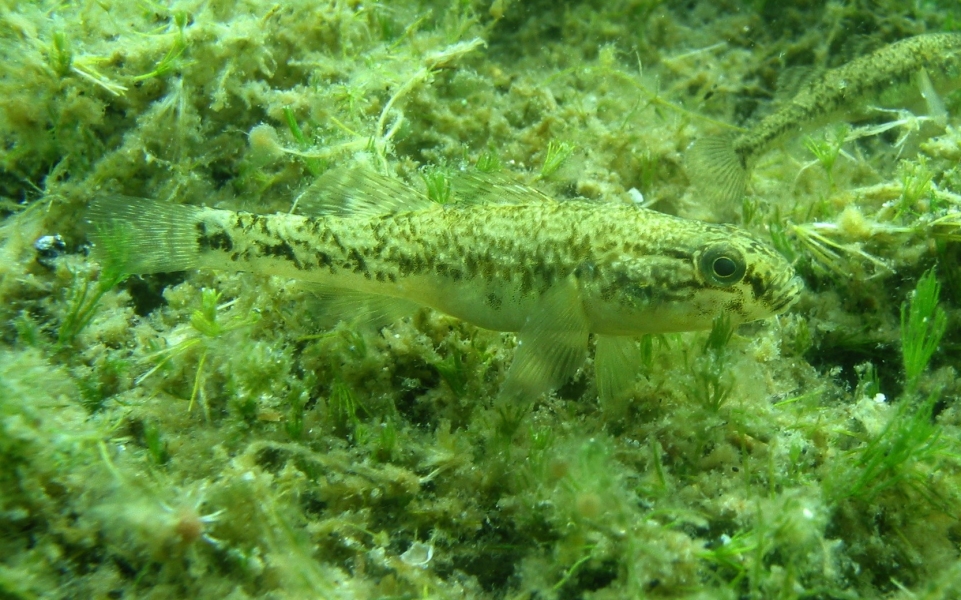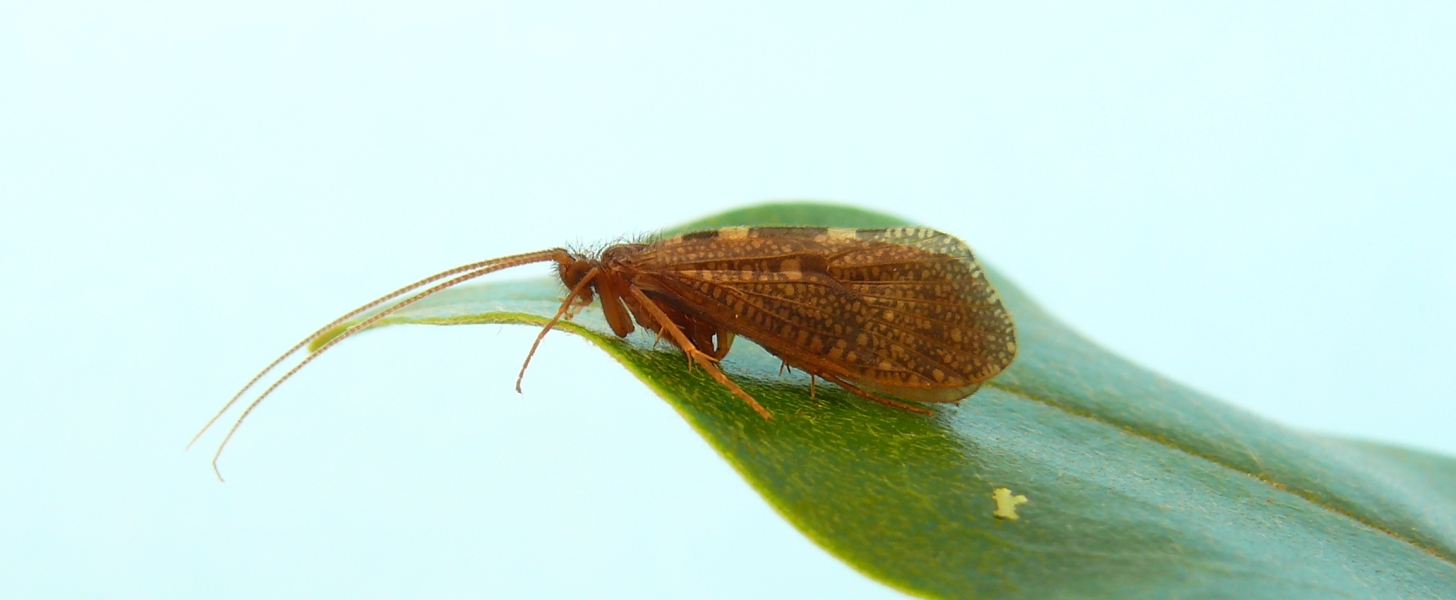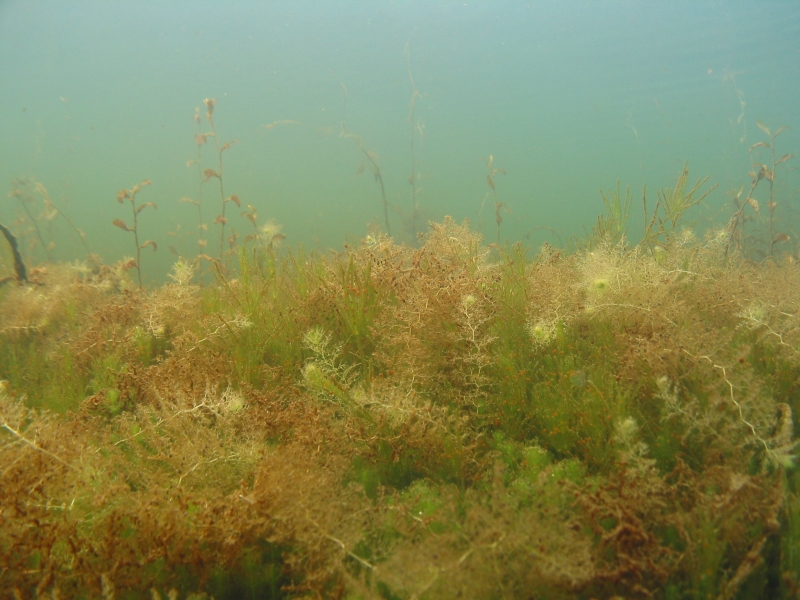The ability to properly manage our freshwater resources requires a solid understanding of the flora and fauna which live in and interact with them.
The issue
New Zealand's freshwater ecosystems are varied and unique, and its biodiversity is increasingly under threat from alien species and pressures on water resources and habitat degradation.
The ability to evaluate, define and monitor ecosystems and species that are at risk from human-related pressures requires understanding (and documentating) what is already here. Although some of our aquatic life is well understood, there are other taxa or life form types, as well as habitats and regions in the country, that are less well known.
The solution
The solution has been to develop the tools to describe and define freshwater aquatic flora and fauna in New Zealand, and a database for safe and searchable record keeping.
NIWA has applied standard taxonomic and molecular techniques to recognise and document New Zealand's aquatic flora and fauna. Identification guides have been developed (and continue to be updated) for algae, fish, invertebrates and plants.
Databases are used by NIWA scientists to store, maintain and share field survey records, as well as to highlight gaps in knowledge.
The result
See our updated booklet of pest species
Freshwater biodiversity data can be found in our Freshwater Biodata Information System (GBIF)
Finally, we provide images and data to other organisations and websites to further the identification of New Zealand's flora and fauna, for example the NZ Plant Conservation Network.







